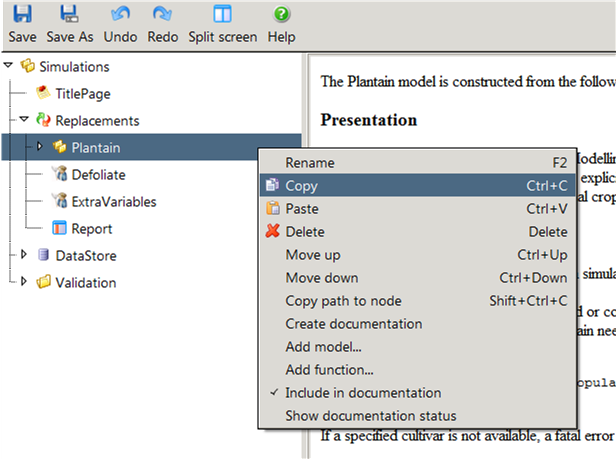
planting date, cultivar, N rate), crop rotations, soil water processes (e.g. Participants will have the opportunity to simulate different aspects of the soil-plant-atmosphere system such as plant growth and development, crop yield response to management practices (e.g.

The course will consists of presentations and simulation exercises and will focus on Midwestern production systems that include corn, soybean, wheat, and cover crop rotations. The goal of this course is to provide training in the use of the model, explain the science behind the crop and environmental modules, present the data requirements, and familiarize participants with simulations. To run a simulation, the model needs information on climate, soil, and management. Users can then assess and explore different combinations of management practices and/or cropping sequences to increase farm profitability and decrease environmental deterioration. APSIM users easily create virtual farms on their computers by making use of the model’s very friendly user interface (no need to write code), and then visualize a thorough prediction of several soil and plant variables on a daily time step. It contains more than 80 modules which enable the simulation of systems that cover a range of plant, animal, soil, climate, and management interactions ( APSIM is used by scholars for research, education, and as a decision support tool in agriculture. The Agricultural Production Systems sIMulator (APSIM) is internationally recognized as a highly advanced simulator of agricultural systems. The APSIM Initiative in collaboration with Iowa State University announces a 3-day APSIM training course to be held in Ames, Iowa, June 13-15, 2022. Evaluating Production and Environmental Performance of


 0 kommentar(er)
0 kommentar(er)
